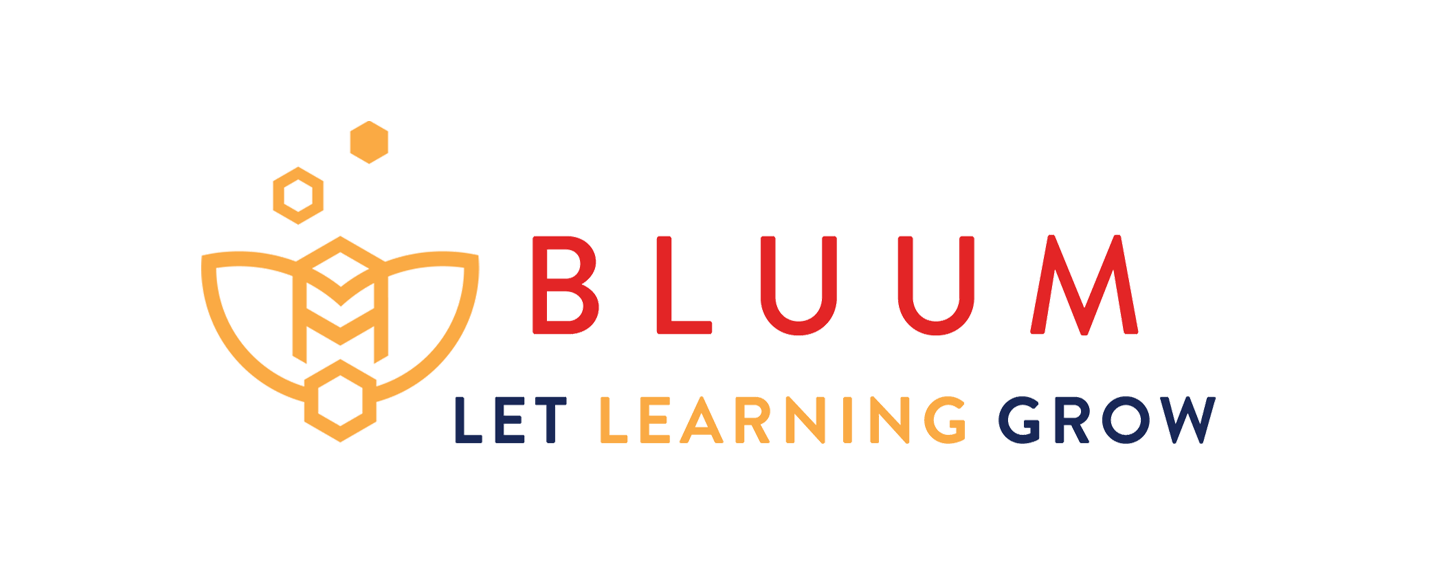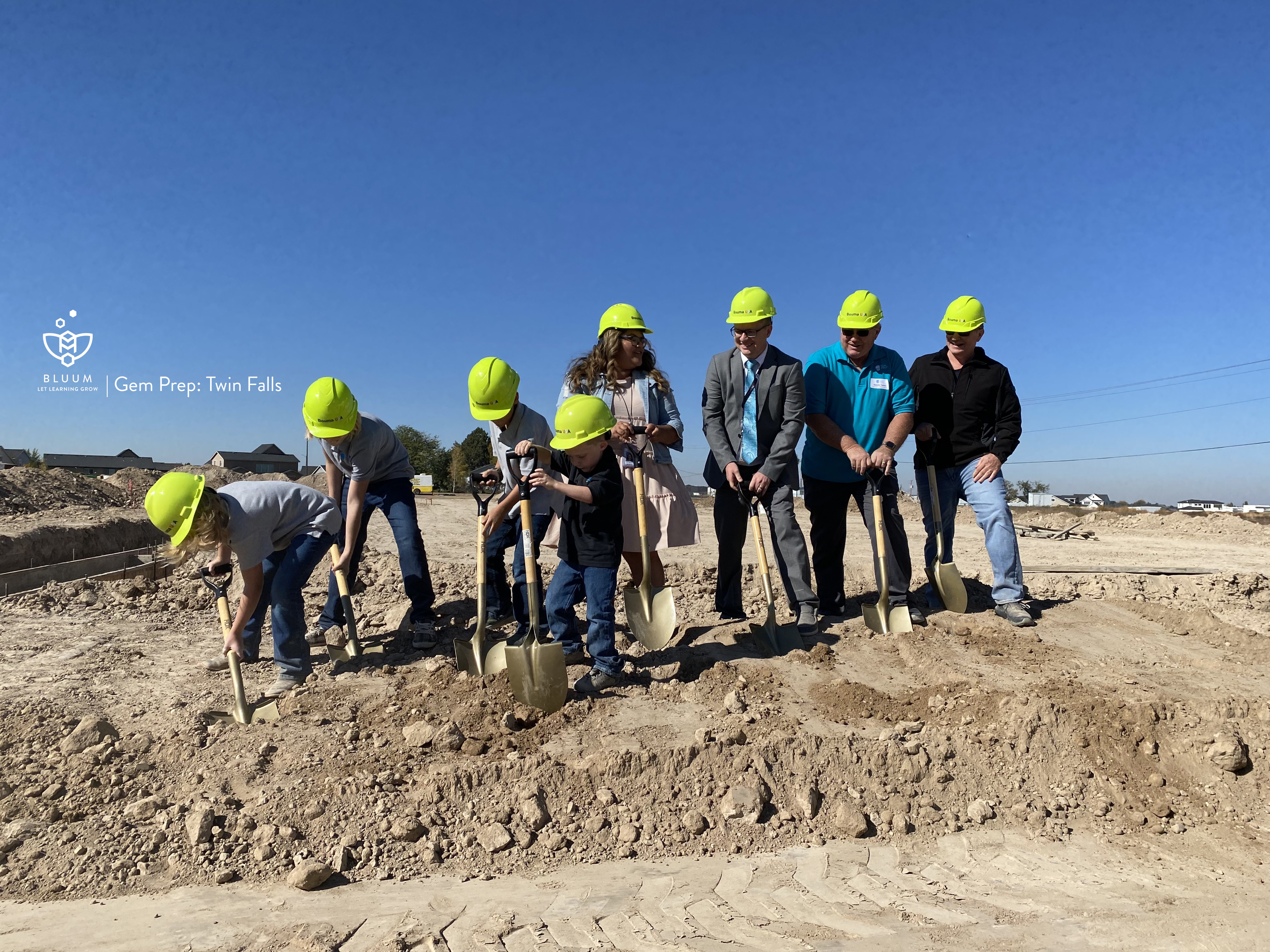
Helping To Meet The Demands Of Idaho’s Growing Student Population
Idaho is growing. One of the fastest growing demographic is school-age children. The state’s pre-K-12 enrollment is expected to grow by more than 41,000 students from 2012 to 2022 (according to the National Center of Education Statistics from 284,000 students to 325,000 students).
The vast majority of this expansion in student growth is expected to be clustered in and around a handful of Idaho’s most urban areas (Treasure Valley, Twin Falls, Idaho Falls up through Teton County, Pocatello, Moscow and Coeur d’Alene).
Educators, families and students in these communities already feel the stress of this growth. According to a report in Idaho Education News, West Ada (the state’s largest school district) has seen its enrollment jump 950 students in one year, while enrollment in the Boise school district is up 450 students.
Public charter schools in these areas are also growing their student enrollments, and in some cases dramatically. Compass Charter School in Meridian has added almost 300 new students this year (growing from 565 students to 859); while Sage International School in Boise has almost doubled in size over the last two school years (from 545 students in 2013-14 to 933 students enrolled today).
This growth in new students extends beyond the Treasure Valley. The Bonneville School District was labelled by Idaho Education News as “the fastest growing district” with the addition of 738 new students in 2014-15. In Pocatello, the Academy Charter School (recently renamed the Connor Academy) has seen its enrollment jump from 275 students to 500.
But it is not just the public schools that are adding students. Private schools also face pressure from parents, students and their communities to create more seats for more students. For example, Grace Lutheran in Pocatello – a well-regarded pre-K-8 school that has operated for more than 60 years – is building a new high school focused on college preparation and expects to ultimately serve upwards of 300 high school students in addition to the 400 students already enrolled in their elementary programs.
While this expansion in student numbers creates stress for schools, districts and communities it also offers significant opportunities to do things differently, and hopefully better, for students. It is with this growth of new students in mind that the J.A. and Kathryn Albertson Family Foundation launched their “20 in 10” action plan. The plan calls for helping to create “20,000 new, high-performing school seats in 10 years.” This is roughly half of all the new seats that need to be created by 2022.
High-performing seats are those that meet the needs of individual students so that young people can develop not only the basic academic skills like reading, writing and mathematics, but also the habits of mind that make us functional humans like curiosity, analysis, team work, problem-solving and creativity. Successful education equip young people to manage their lives, while empowering them to give something back to their communities and families.
Bluum is working to help make the vision of “20 in 10” real. Specifically, we have worked with local and national education leaders (district, public charter and private schools) to identify promising models of learning that are not only serving students well, but are well-positioned to grow and serve more students.
In the past year we’ve helped issue grants for new school growth to Compass Charter Schools in Meridian, Idaho Arts Charter School in Nampa, Grace Lutheran in Pocatello, Gem Prep Academies in Pocatello and Nampa, and to support a new high school option in Salmon. We’ve also provided planning grants to both the West Ada and Nampa School districts to explore options for launching new “blended learning” models.
The goal here is simple. To help ensure that the new schools opening their doors to students are the best possible options available. This support, however, is contingent on schools delivering results. They must demonstrate student academic gains to continue receiving grant support. They must prove themselves worthy stewards of public and private funds by having clean financials and audits. And they must prove their demand by growing their enrollments.
We also want new schools that serve at-risk students (Idaho’s fastest growing student demographic) at high levels, and are working with local and national partners to recruit, develop and support such models.
Idaho is a growing state and in order to maximize the opportunity growth presents we need to grow great schools.
Have something to say? Find us on Facebook and Twitter to share your comments!




